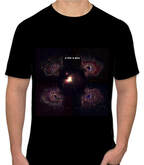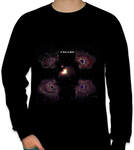Help Kevin sell and promote his digital products as an Affiliate!
Available on Sale Now!
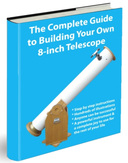
You asked for it! In response to your many requests for a user-friendly guide to building your own telescope, Kevin Manning has provided detailed step-by-step instructions in his latest book, The Complete Guide to Building Your Own 8-inch Telescope. This book is a must for amateurs and seasoned stargazers alike! It is truly the most comprehensive guide to building a telescope out there. Every single step in the entire process is fully covered in every detail. Lots of additional helps are included from choosing a telescope to properly cleaning a telescope mirror. Order from Amazon here.
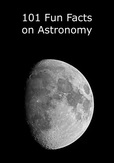
Another book Kevin has written where the title says it all is 101 Fun Facts on Astronomy. Some of those little known extraordinary facts about our universe are found here. Order your copy from Amazon here.
|
The MicroObservatory Online Telescope Network is operated by the Harvard-Smithsonian Center for Astrophysics, with funding from NSF and NASA. In honor of Global Astronomy Month 2011, MicroObservatory held an Astrophotography Contest. Participants used the Observing with NASA portal and MicroObservatoryImage software to create RGB Composite images and Astrocreative images. Kevin Manning won the Astrocreative category for his various interpretations of the Orion Nebula.
The word for cloud in the Greek is nebula, so the great Orion Nebula is a diffuse cloud of gas and dust in space 1,500 light years from earth, literally our nearest stellar nursery where new stars are being born. So the title chosen for this work is "A Star is Born." Both the tee shirt and long sleeve shirt are black with the image of the award-winning "A Star is Born" printed on them, and come in various sizes. |
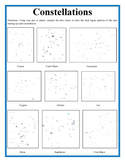
Of the 88 official constellations in the night sky, 9 of some of the more familiar ones are accurately represented here. Connect the dots (stars) to form the stick figure patterns of the stars making up each constellation. Order your copy here.
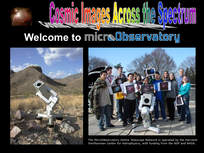
Using Nasa's MicroObservatory online, access robotic telescopes, take photographs of planets, galaxies and nebulae and use image processing tools to bring out detail in these photos the same way that professional astronomers do. Simply download the image processing software onto your computer's hard drive from the NASA web site and request an image from the robotic telescopes. Then, locate and download images of the same object taken by detectors sensitive to various frequencies in radio, infrared, ultraviolet, X-rays and gamma rays, and assemble with the processed visible image onto a page. Add to the page information such as type of object, when discovered and by who, constellation found in with its celestial coordinates, apparent and true size, brightness, etc. This completed page can be considered a quilt block and more blocks can be added for different objects forming a cyber "Cosmic Quilt" on a web site. Blocks can be printed on fabric and sewed together as a physical Cosmic Quilt and used or hung on display. Order your copy here.
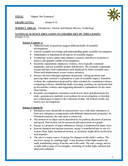
Dippin' Dot Neutrinos is for anyone interested in exploring ghostlike particles called solar neutrinos coming from a star such as the sun. It addresses the law of conservation of mass and energy and the Solar Neutrino Problem in light of the standard solar model. For his extensive research with solar neutrinos, Dr. Raymond Davis, Jr. is honored for winning the Nobel Prize in Physics. Order your copy here.

